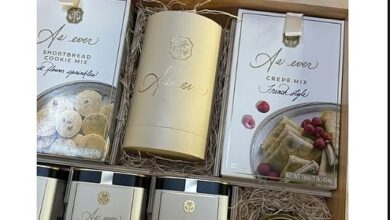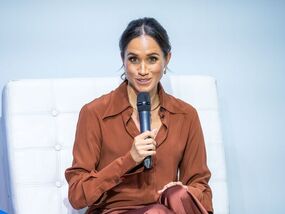King’s cousin Lord Ivar Mountbatten claims Meghan is ‘completely incorrect’ to use ‘Sussex’ as her last name
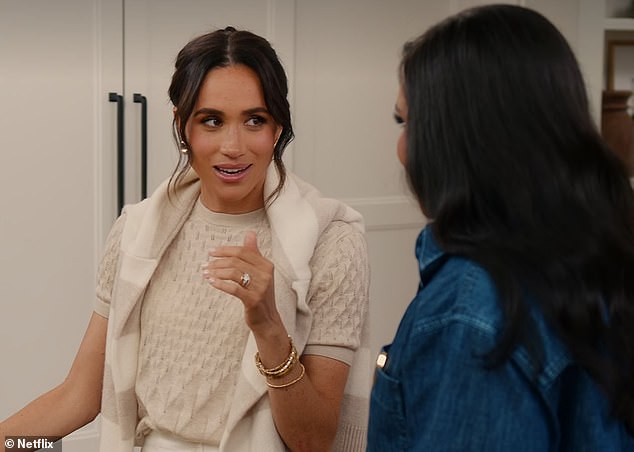
Meghan Markle appeared keen to set the record straight when she on her Netflix show declared ‘I’m a Sussex now’.
‘It’s so funny you keep saying Meghan Markle,’ the Duchess, 43, said while correcting her friend Mindy Kaling as the pair made snacks in the newly released lifestyle series.
‘You have kids and you go “No, I share my name with my children”. I didn’t know how meaningful it would be to me but it just means so much to go “This is OUR family name”. Our little family name.’
However, the King’s second cousin has claimed that Prince Harry‘s wife is ‘completely incorrect’.
Lord Ivar Mountbatten, 61, who has starred in season three of Traitors in the US told Town & Country that her last name is actually Mountbatten-Windsor.
‘Her children are called Archie and Lilibet Mountbatten-Windsor; they’re not called Archie and Lilibet Sussex because Sussex is a title,’ he told the outlet.
‘So, they are the Duke and Duchess of Sussex, but actually he’s Harry Mountbatten-Windsor and she would be Meghan Mountbatten-Windsor.
‘My brother is the Marquess of Milford Haven, but his surname is Mountbatten, so he’s called George Mountbatten, the Marquess of Milford Haven. When I read that, it was an article about her new program, and she said that her family name is Sussex.’

Meghan Markle appeared keen to set the record straight when she on her Netflix show declared ‘I’m a Sussex now’
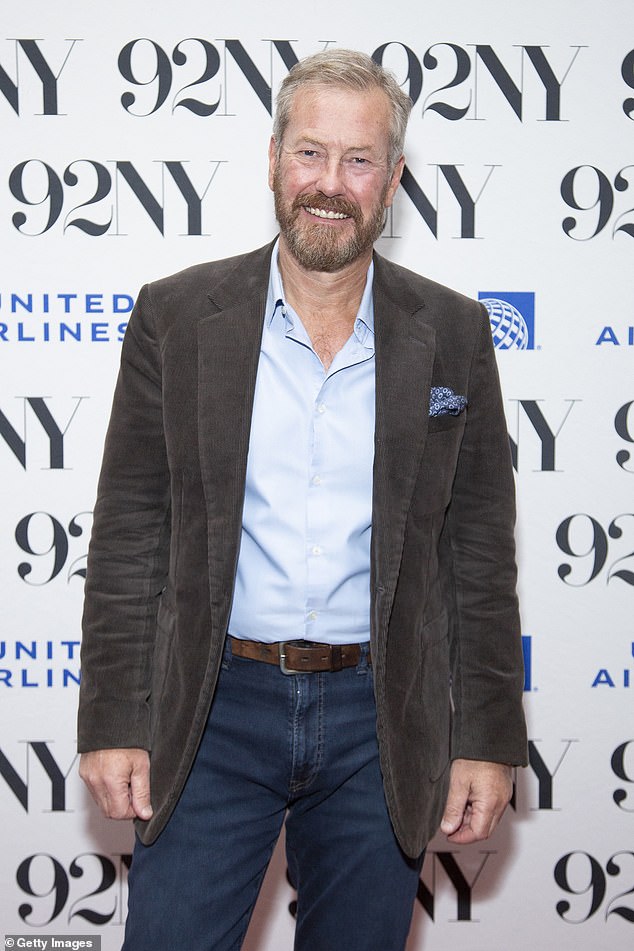
However, the King’s second cousin has claimed that Prince Harry ‘s wife is ‘incompletely incorrect’. Lord Ivar Mountbatten, 61, who has starred in season three of Traitors in the US told Town & Country that her last name is actually Mountbatten-Windsor
Ivar also admitted that he has yet to tune into With Love, Meghan, adding: ‘I might be interested to watch it; it might not last long.’
The royal is a great-nephew of the late Earl Mountbatten of Burma, and became became the first member of the extended Royal Family to enter into a same-sex union in 2018, marrying James at Bridwell.
However, despite his stance, Meghan is not actually strictly wrong by choosing to call herself Sussex.
Her insistence has caused a stir amongst royal-watchers, with many questioning her decision to adopt ‘Sussex’ as her family name, particularly in light of the couple’s limited connection to the county.
They have only ever officially visited the region once – for just six hours – after a whistle-stop tour in October 2018 taking in Brighton, Chichester and Peacehaven.
While members of the Royal Family entitled to the style of HRH Prince or Princess do not actually need a use surname day to day, according to Buckingham Palace, officially the family’s name is Mountbatten-Windsor – and is recorded as such on both Prince Archie and Princess Lilibet’s birth certificates.
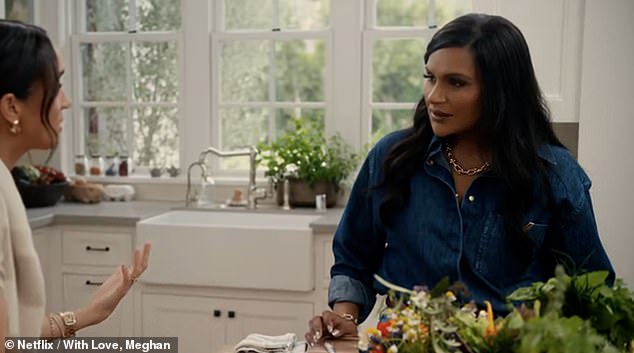
‘It’s so funny you keep saying Meghan Markle, you know I’m Sussex now,’ Meghan told Mindy Kaling, who looked confused
This dates back to 1960 when Queen Elizabeth and the Duke of Edinburgh decided they would like their own direct descents to be distinguished from the rest of the Royal Family, without changing the name of the Royal House (which had been Windsor since 1917, after George V anglicised the name from Saxe-Coburg-Gotha as a result of anti-German public sentiment).
And so it was declared in the Privy Council that the Queen’s descendants would add a hyphenated ‘Mountbatten’ to reflect Prince Philip’s surname, which he himself took on in 1947 when he became a naturalised Briton.
But Meghan is not the only person to have used the naming custom. In fact members of the Royal Family – indeed, the peerage generally – often use their dukedom or title as a ‘shorthand surname’.
Hence Harry was always known as Harry Wales when at school and in the military as a nod to his father, King Charles, then the Prince of Wales.
William has also always used the named Wales, and his children do so too now.
Princess Beatrice and Princess Eugenie (at least before they got married) also used the surname York, after their father, Prince Andrew, the Duke of York.
But the children of the Duke and Duchess of Edinburgh, who while entitled to be referred to as HRHs have chosen not to use their titles, use Mountbatten-Windsor.
It is, therefore, not entirely surprising at all that Harry and Meghan would choose to have their children, Archie and Lilibet, known as Sussex, or that they would use it as well.
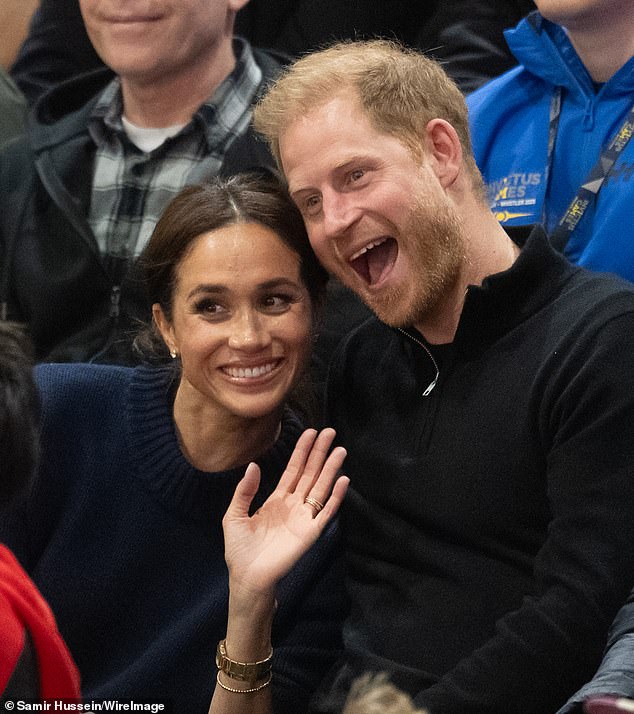
‘With Love, Meghan’ landed on Netflix on Tuesday and is aimed at showing a new side to the Duchess of Sussex
Wendy Bosberry-Scott, editor of Debrett’s Peerage and Baronetage, explains: ‘The official surname of the Royal Family is Mountbatten-Windsor. However, it has long been the practice of the Royal Family, and indeed the peerage, to use a title as a surname where one is available. This is why when Prince Harry was in the army, he was known as Harry Wales, as his father was then Prince of Wales.
‘Now that he is the Duke of Sussex, it is perfectly within protocol for him to use Harry Sussex and for his wife to use Meghan Sussex. This is no different from the Duke of Norfolk calling himself Edward Norfolk, when his surname is Howard. ‘
Ms Bosberry-Scott adds: ‘Typically, where a title is involved, children are registered under both names, as was the case when Prince Archie was registered in 2019; he appears in the indexes of the General Register Office under Sussex and Mountbatten-Windsor.
‘There are many other examples of this happening. The Sussexes are not doing anything unusual here as it is common practice within the Royal Family and the British peerage.’
Joe Little, managing editor of specialist publication Majesty magazine, also confirms this, explaining: ‘It is a practice that has been going on for years. While not specifically dictated in the rules according to Buckingham Palace, there is fluidity.’

